5 Words about wine we should not be afraid of
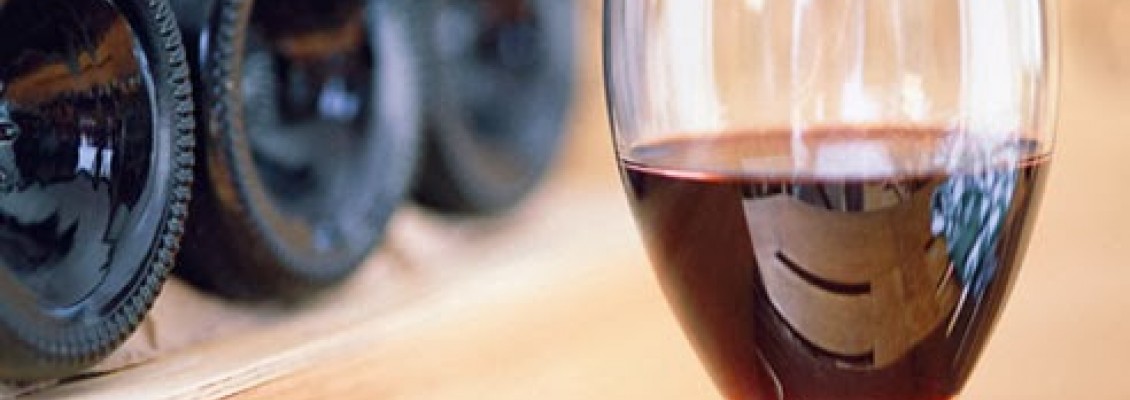
How many things do you know about the bottle of wine you open? Are you stuck with the wine stereotypes and ratings around some wines? It's about time you change your mentality. In the case of wines, some conditions that characterize them have gained a negative meaning. Below, we analyze the reasons we should not be afraid of them, since the do not aways affect the wine's quality.
What can we do? Cherrish the measure and balance and revise our perception around wine, starting from the basics...
Bitter
It's not the enologists – wine critics, as “history” itself, but the human nature as well that gave the wine's “bitter” taste a negative meaning. Drinks and foods with bitter taste are definitely not attractive. But that is not what's happening in wine's case. Can you imagine a dry red wine without its mild tarty taste? Rather difficult. Especially varieties from Italy and France are directly interwined with this characteristic taste.
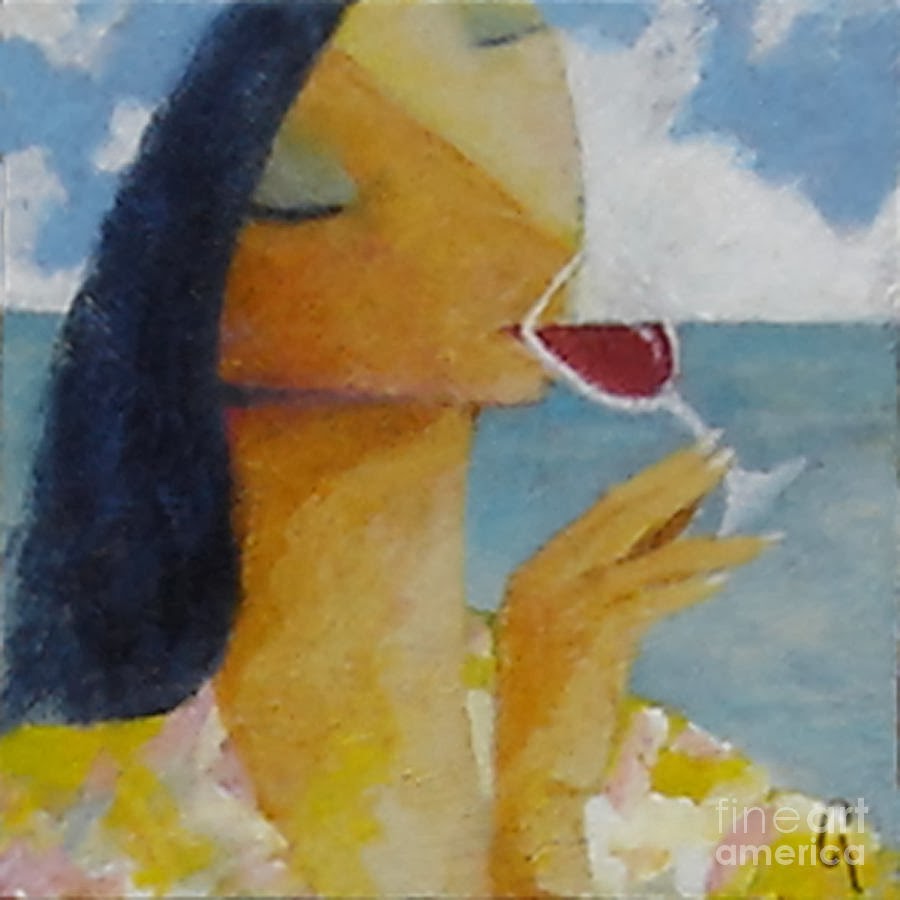
White wines have a slight tarty taste as well. The wine's tarty and kind of bitter taste is what gives spcial characteristics to it combined with a feeling of acidity that it leaves after tasting. The bitter taste however, begins to become intorelable when the tannins the wine contains are infused by the intense flavor of oak barrel in which it matures. In this case the wine's taste becomes intensely bitter. So next time, we'll hear about a btter taste in the wine, we need to keep balance. The mild tartness in imposed, the problem starts when it begins to bitter for good...
Cold
Do you prefer your wine cold? Does it cool you better while you feel all its tasting ingredients release? This particular assumption is empirical largely incorrect. The wine's serving temperature, can vary, depending on the area we are, the temperament and taste, but there are some commonly accepted rules, to whom we must all agree.
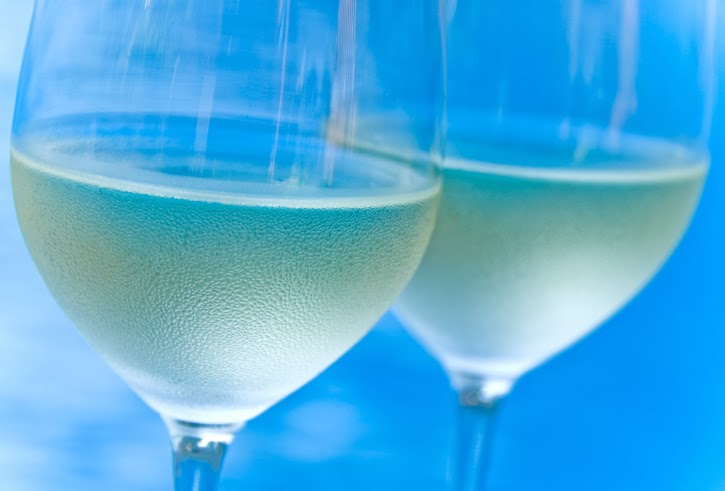
If for example, you chose to drink a glasse of ice cold white wine, you mst know that wine, looses essential flavour elements while its fragrant complexity does not fuly release itself. There is of course something positive. In the event that our wine does not come from some good variety, cooling may hide its not-so-good flavor. On the other hand, dinking a preety warm wine is also not good. The ideal serving temperature, is not far away from “room temperature” estimated aroound 16 to 18 Celcius degrees in the red wine's case, and around 10 Celsius degrees in the white or rose wine's case. But even if it's served cooler is not the end of the world...
Opaque
The red wine's color intensity, can reaveal a lot about its age and maturity. Usually thouh, as sonsumers, we associate a wine's density and color with its quality. There are many wine producers that add preservatives that increase the wine's red color and make it more attractive in order to attract consumers.

Truth is that the wine's red color, is due to the different grape varieties that are used for its production, to the way they are processed but the additional ingredients as well. For example the nebbiolo and piont noir wine varieties which have a light red – almoste rose – color,doesn't mean that they are not of good quality, nor the opposite like the Syrah where the wine is almost opaque, doesn't mean it isn't clean, What we can conclude, is that the wine's deep red says many things about its origin but certainly not about its quality.
Green
Many producers are possessed by fear, that the resulting wine will be “green”. Firstly, lets clarify that when talking about “green” wine, we don't adress to the color, but the herbital ingedients which enrich the wine's taste and fruiy scent.Due to the additional herbal ingredients' dissemination, most producers seem willing to add different ingredients to enhance the wine's aromatic complexity and taste. Many producers of varieties like the Syrah, Cabernet Franc and Pinot Noir, seem to adopt this particular habbit.
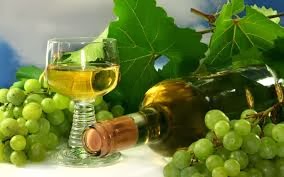
Of course, the re are many white wine varieties enriched with all kinds of herbs and that's how wines acquire a more intense “green” hue. There are of course, even though they are a minority, producers that don't go with the fruity flavor “fashion” in wines and rescue their variety's “purity”. California is geographically the country which seems to have fully 'adopted' he practice of added perfumes, but is certainly not the only one.
Oak barrel scented
Just by hearing about oak barrels, “polarization” and concern is caused. For the large audience, the taste the oak barrel leaves, is not very different from the taste the wine acquires with the addition of another flavor and enhances its tarty taste.
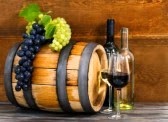
But for the connoisseurs and wine lovers, this is atal. There is also a portion o people who are not bothered by the aroma of the barrel. In contrast, they remind some of its positive functions, such as it allows air passing through, which can affect the texture and its flavor over time.
Older in age, bigger and builded by neutral material barrels, are ideal in case we want to avoid undesirable impurities in taste.
Source: http://www.clickatlife.gr